We’re barely half way through and it’s already been a superb summer for the Bitterns in Rice Project. There is much to report. We’re well on our way to achieving great things. The growing interest and support for our work is particularly encouraging. We extend our thanks to all of you, especially the hundreds of rice farmers that are central to the success of the project.
Thanks to funding from the Riverina Local Land Services, we’ve established almost all of our 80 core study sites (23-30 hectares each) for this season. We’ve randomly selected rice farms in the Murrumbidgee and Coleambally Irrigation Areas, giving us a powerful base on which to extrapolate our results. Once again, we’re targeting the aerial/spreader/dry-sown rice, which bitterns show a strong preference for, rather than direct-drill/sod/combine-sown rice. We still have many surveys and much number crunching ahead but it’s safe to say there are currently somewhere in the vicinity of 750 Australasian Bitterns in the rice crops of the NSW Riverina. That’s 19-50% of the world total. Amazing. It’s a compelling case to unite agriculture and conservation, and we’re onto it. But like the Amazon and the deep ocean, the secrets of the Bunyip Bird are well kept. Uncovering them will help provide us with the information we need to ensure a healthy marriage between farming and conservation.
Two weeks ago we discovered our first nests for the season; one in rice and one in a Cumbungi swamp. Surprisingly, they were at similar stages, suggesting the rice season doesn’t necessarily delay breeding. It was to be a tantalising comparison of diet, chick survival and so on, albeit with a sample size of only one each. Unfortunately though, the Cumbungi nest failed, with predation the likely cause. The rice nest is still going strong and chicks could be hatching as you’re reading this. We’ve begun using sensor cameras with the aim, among other things, to determine the prey fed to chicks. The videos we’ve retrieved so far are astounding, a goldmine of new information and an incredible insight into the secret lives of Bunyip Birds. Below is a single-frame taste (stay tuned).
Last week saw the discovery of our first chicks for the season. In what was easily one of my most memorable days of bird surveying, three nests in three adjacent rice bays were found. Polygyny (a mating system where males have multiple female partners) is more apparent than ever, with this site appearing to support only one booming male and three females. But we have much to learn. There are nine chicks altogether, and as I’m sure many of you will no doubt agree, they are among the cutest, most precious non-human critters on Earth! And you’ve got to love their green skin.
There are signs that the key survey window (when we have the best chances of hearing or seeing them) is already closing, with males beginning to quieten and much of the rice above 80 cm in height. If you get the chance to put in some time over the coming weeks, just remember that dawn and dusk will give you the best chance, and there’s always the reward of a nice sunset or sunrise, like this one that featured a thin layer of mist to complement the booming male.
Our first four satellite transmitters were ordered last week. We’re still hoping to deploy them before harvest this season, pending various permits and approvals. Special thanks to Inka Veltheim for her expertise in helping decide which units we’ll trial first. It shouldn’t be long before we begin to unravel the mystery of where the approximately 750 bitterns that descended on the rice in late spring and early summer came from.
Our Bitterns in Rice Project website is set for its launch soon. This is where future updates like this will be posted. It will provide an information hub for our work and offer people around the world with the opportunity to follow the movements of bitterns once we begin tracking.
There are a few collective nouns in use like a ‘freeze of bitterns’ or ‘siege of bitterns’. One siege which brought nothing but delight was a siege of four, some pictured below. An excited and persistent male chased an eventually submissive female while two others of unknown sex watched on. It was very interesting.
Our paper on the use of rice fields by the globally endangered Australian Painted Snipe was recently published. You can read it here but in a nutshell, and much to our surprise, rice fields can also support hundreds of Australia’s equally most threatened waterbird, further highlighting the potential for wildlife-friendly food production on rice farms.
So far this season we’ve recorded the usual significant numbers of species like Glossy Ibis, Whiskered Tern and Baillon’s Crake (pictured). Around Coleambally it was nice to see the Southern Bell Frogs breeding. We’ve had migratory shorebirds from the northern hemisphere at a few sites, usually Sharp-tailed Sandpipers (pictured) and Latham’s Snipe (pictured), but occasionally something different like a Common Greenshank.
And lastly, for social media users, a reminder about our Bitterns in Rice Project Facebook Page for regular updates, or you can follow me on Twitter @Matt_HerringOz
All the best for a big booming year ahead.


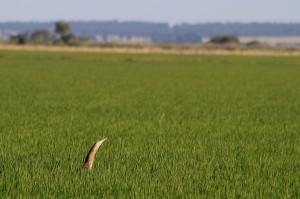
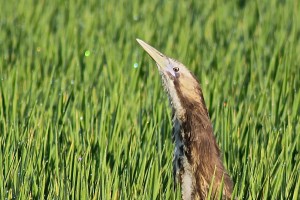
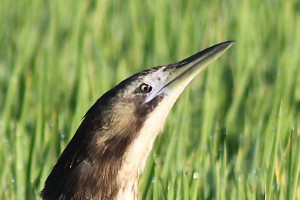
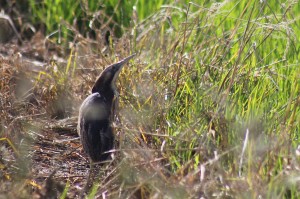
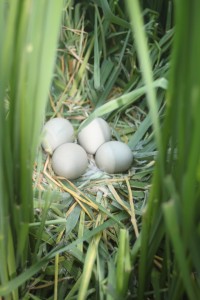
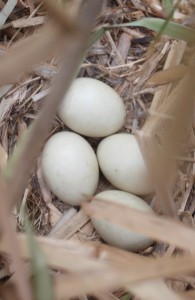
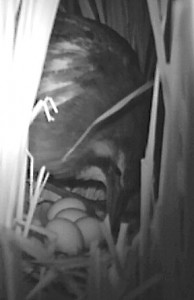
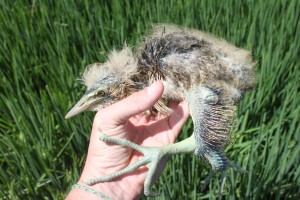
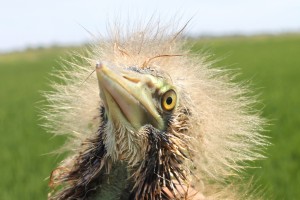
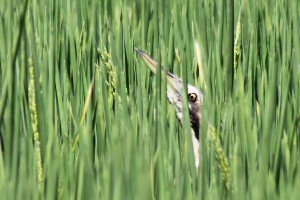

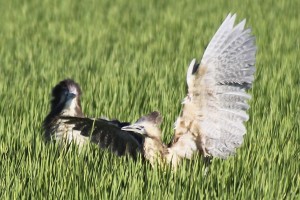
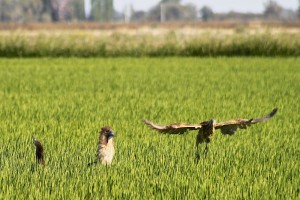
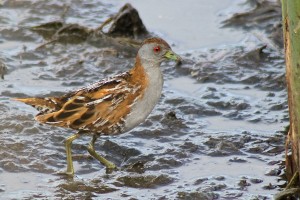
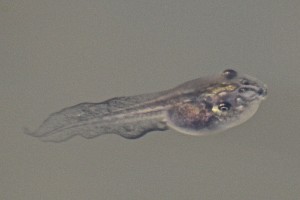
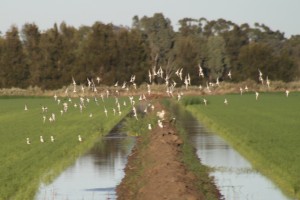
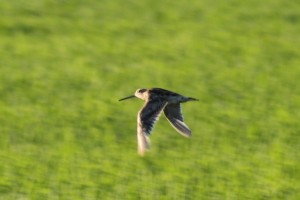
Brilliant Report, Well done Matt.
Thanks Terry. Exciting times.
Great snapshots of life at the bittern front. Amazing effort Matt !!
Thanks Doc.
Is it possible for you to record a bittern booming and put it up on the web site, for all to hear?
I live on the outskirts of Leeton NSW and have heard a number of very strange bird calls lately, but I am not sure if it is a Bittern booming or what is calling.
No worries Fi. That’s a good idea. I’ve got a bunch of recordings I’ve made in recent years. I’ll upload them soon. In the meantime here’s a recording from NZ: http://www.doc.govt.nz/Documents/conservation/native-animals/birds/bird-song/australasian-bittern.mp3 and here’s another one from Oz: http://birdlife.org.au/images/uploads/audio/Aussie_Bittern2.mp3
Such entertaining reading, great pics & worthwhile advances. You should do this for a living!!
Thanks Mike 🙂 You’ll have to pop out one day soon for a survey.
Terrific work Matt bringing new knowledge to us, although there is a striking resemblance between the Bittern chick and you!?
Thanks Davo. Wow, I didn’t realise I was so cute. That’s a lovely compliment 🙂
Just brilliant! I am so excited for you & the wonderful work you are doing for the birds!
Thanks so much Merinda.